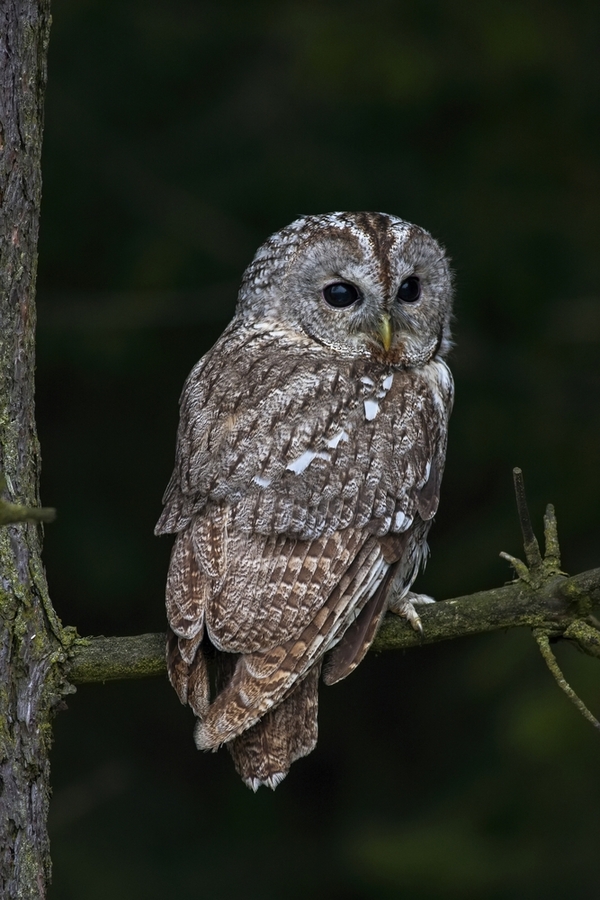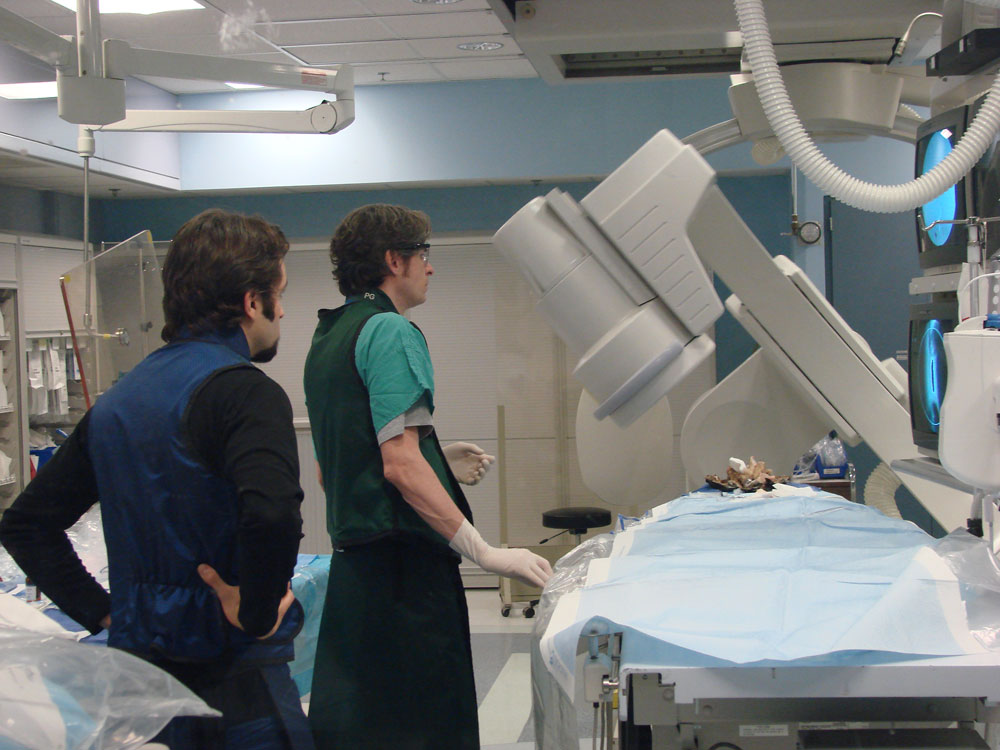Biological Twist: How Owls Spin Heads Around


Owls don't need eyes in the back of their heads to see what's behind them — they can just swivel their heads all the way around. In fact, many owl species, such as the barred owl, can rotate their heads 270 degrees in each direction, which means they can look to the left by rotating all the way to the right, or vice versa.
But how do they do it without severing their arteries or preventing blood from reaching the brain? An illustrator and a physician at the Johns Hopkins University School of Medicine teamed up to find out.
"Until now, brain imaging specialists like me who deal with human injuries caused by trauma to arteries in the head and neck have always been puzzled as to why rapid, twisting head movements did not leave thousands of owls lying dead on the forest floor from stroke," said study author Dr. Philippe Gailloud, in a statement from the university.
If humans tried to rotate our heads so rapidly or far, we'd tear the lining of our arteries, which would cause clots to form and lead to a stroke (besides also breaking our necks), he added. "The carotid and vertebral arteries in the neck of most animals — including owls and humans — are very fragile and highly susceptible to even minor tears of the vessel lining."
Looking inside owls
To get a glimpse of the owl's blood vessels when their necks were turning, the duo injected dye into the blood vessels of a dozen dead owls and used a CT scan to visualize the shimmering fluid spreading throughout the birds' arteries like blood, said Fabian de Kok-Mercado, who performed the work while getting a master's in medical illustration at Johns Hopkins. (He is now an illustrator at the Howard Hughes Medical Institute in Chevy Chase, Md.) The researchers then twisted the dead owls' heads to see what happened. [Video: Watch the owls' necks twist.]
After creating the CT scan images, the researchers injected a plastic-like substance into the veins of dead snowy, barred and great horned owls and dissected the animals, drawing the routes and locations of the vessels.
Get the world’s most fascinating discoveries delivered straight to your inbox.
They found a number of previously undiscovered and unique traits, de Kok-Mercado told OurAmazingPlanet. For one, the owls' neck bones, or vertebrae, contain holes that are much larger than those found in other birds or humans. In humans, the hole in the vertebra is about the same size as the artery, but in owls the hole is about 10 times larger than the artery, according to the study, published today (Jan. 31) in the journal Science. These holes, or canals, likely hold air sacks meant to cushion the twisting motion of the head, de Kok-Mercado said.
"We also noticed right away that these canals were absent in the bottom two vertebra of the neck," de Kok-Mercado said. This gives the cord-like vessels some slack when the bird twists its head.
The large holes and "slack" at the bottom of the neck help explain why the vessels don't break. But they don't explain why the supply of blood isn't cut off when an owl turns its head — with so much twisting, the vessels are bound to become partially blocked.
Blood to the brain
The team noticed that the vertebral artery enlarges slightly as it approaches the brain, which is unusual and not seen in many other animals (like the trunk of a tree, vessels generally get smaller as they get farther from the heart). The authors think that these enlarged areas may function as reservoirs in which blood can pool, so that the brain has extra blood to work with as the head swivels around, de Kok-Mercado said.
The blood vessels near the brain are also highly connected. A vessel called the patent trigeminal artery connects the front and the back of the owl's brain, which helps supply the organ with as much blood as possible.
Why do owls need to crane their necks to such an extreme degree? It's because their eyes are tubular, built almost like telescopes, giving them amazing vision, de Kok-Mercado said. But unlike humans, who have roughly spherical eyes, owls cannot move them about easily, so they have to rotate their heads.
The finding is just another example of how the birds are perfectly adapted to suit their environment, enabling them to see despite having relatively fixed eyes.
"I hope it gives people more of an appreciation of the life on this planet," de Kok-Mercado said.
This story was provided by OurAmazingPlanet, a sister site to LiveScience. Reach Douglas Main at dmain@techmedianetwork.com. Follow him on Twitter @Douglas_Main. Follow OurAmazingPlanet on Twitter @OAPlanet. We're also on Facebook and Google+.




